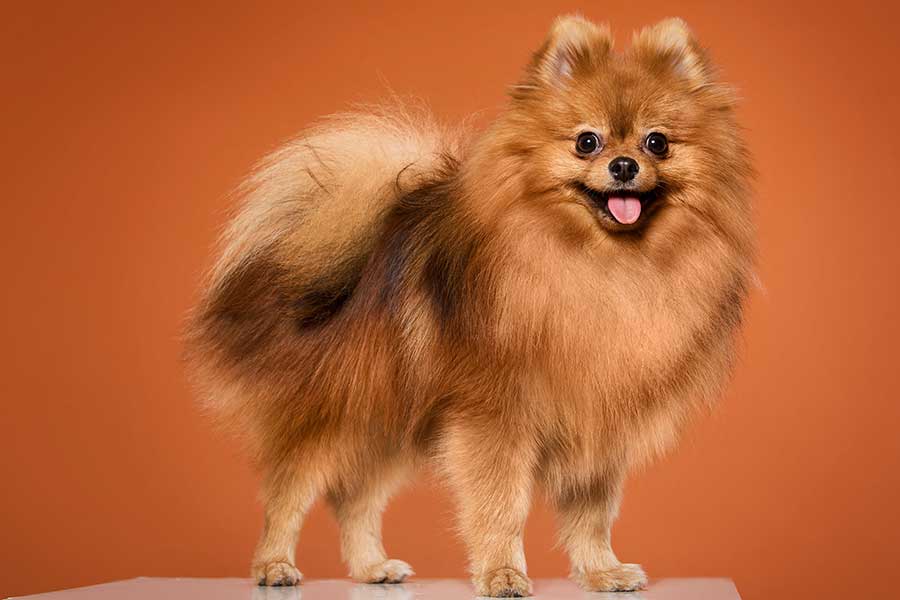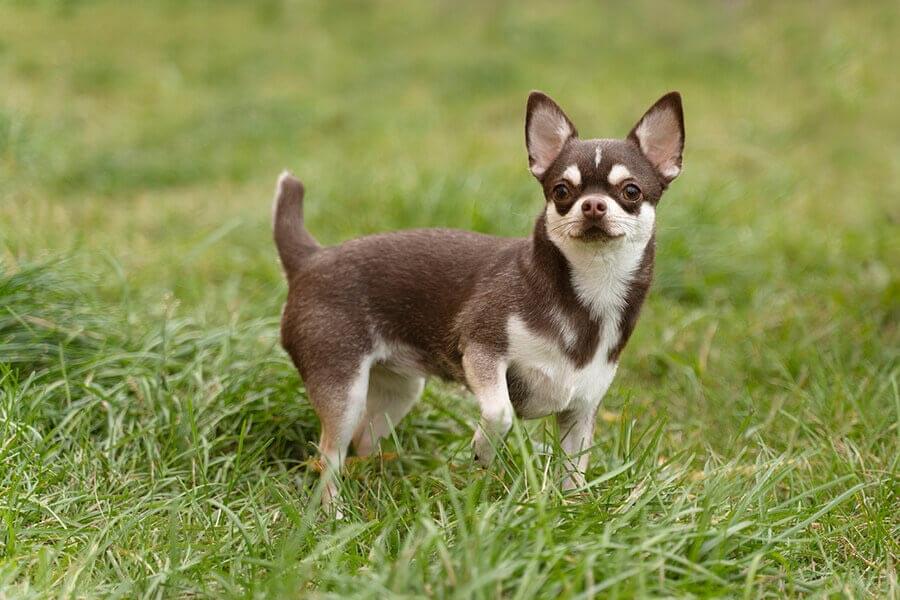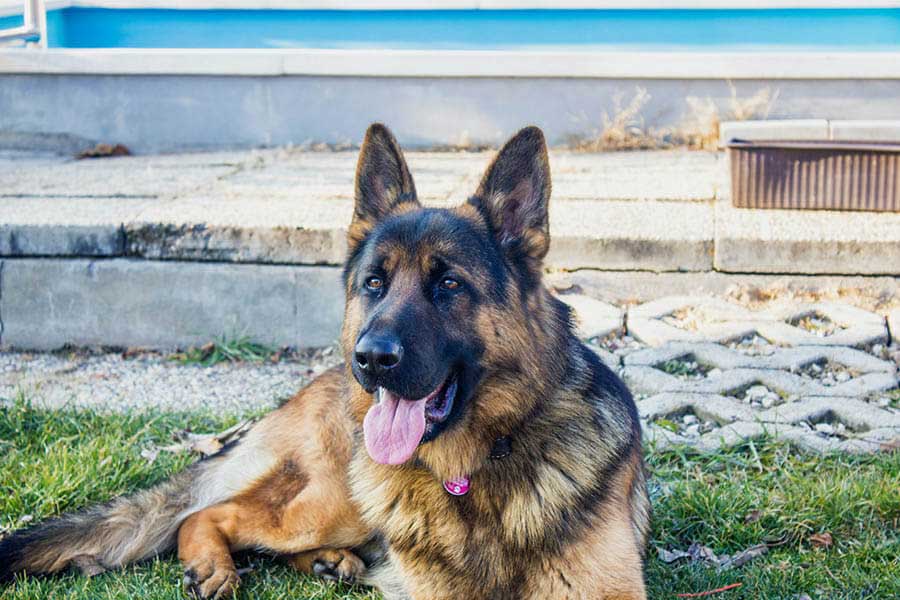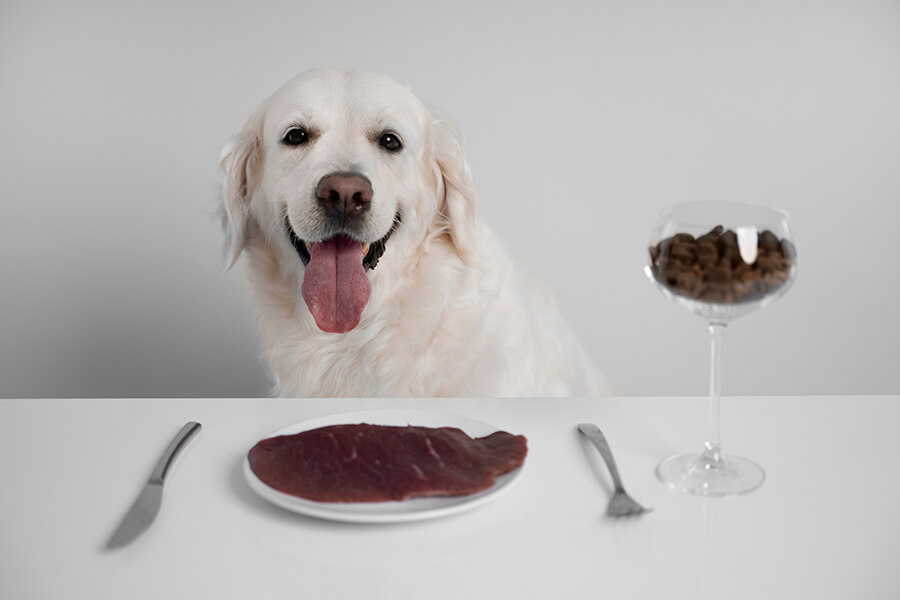Dog owners want the best for their pets, especially when it comes to diet. However, not all commercial dog food is created equal. Many brands include questionable additives and fillers that can harm your pet over time. In this article, we’ll uncover 10 hidden ingredients in dog food you should avoid to keep your canine companion safe and healthy.
Meat By-Products: A Risky Protein Source
One of the first hidden ingredients in dog food you should avoid is meat by-products. While the term may sound acceptable, it often includes low-quality animal parts like feet, intestines, and heads. These parts are rendered and processed in a way that strips away much of their nutritional value.
More importantly, meat by-products can vary from batch to batch, which makes consistency and quality a concern. They also have a higher chance of contamination compared to whole meat sources. Always choose foods that list real meat, such as “chicken” or “beef,” as the first ingredient.
Artificial Preservatives: Hidden Chemical Dangers
Common artificial preservatives like BHA, BHT, and ethoxyquin are often added to dog food to extend shelf life. However, these chemicals have been linked to cancer, liver problems, and other serious health conditions.
Although not all preservatives are bad, the key is to recognize harmful synthetic types. Natural preservatives such as mixed tocopherols (vitamin E) and ascorbic acid (vitamin C) are much safer alternatives. Read the label closely and avoid products with long, unrecognizable chemical names.
Corn and Wheat Gluten: Cheap Fillers with Health Risks
Gluten is used in many low-quality dog foods as a cheap protein substitute. Corn and wheat gluten provide little nutritional value and are difficult for many dogs to digest. They are also common allergens, especially in sensitive breeds.
Moreover, gluten may trigger digestive issues, itching, and chronic ear infections. To ensure a healthier diet, opt for dog foods that use high-quality animal protein rather than plant-based substitutes.
Artificial Colors: Toxic for Dogs and Unnecessary
Artificial dyes like Red 40, Yellow 5, and Blue 2 are added purely for aesthetic reasons. Dogs don’t care what color their food is. Unfortunately, these colorants are linked to behavioral problems and potential carcinogenic effects.
In fact, the presence of artificial colors is a red flag that the manufacturer is more concerned about appearance than nutrition. Choose brands that use natural ingredients, which are naturally colored and free of harmful additives.
Propylene Glycol: A Moisture Retainer You Don’t Want
Propylene glycol is a chemical used to maintain moisture in semi-moist dog food. While it’s FDA-approved in small quantities, its chemical composition is similar to antifreeze. Over time, consumption can lead to anemia and damage red blood cells.
Because of its controversial nature, it’s best to avoid dog food that contains this additive. Instead, go for dry or wet food with natural moisture sources like broth or water.
Rendered Fat: Flavor at a Hidden Cost
Rendered fat enhances flavor and smell, but it often comes from questionable sources, including roadkill and expired meat. This ingredient is also prone to contamination with bacteria and toxins such as salmonella.
Even though dogs are attracted to its aroma, the long-term effects of consuming rendered fat can include obesity, inflammation, and poor digestion. Safer fat sources include named animal fats like “chicken fat” or fish oil.
Sweeteners: Unhealthy Additions in Disguise
Ingredients like corn syrup, sucrose, and fructose are added to dog food to improve taste. However, just like in human diets, excessive sugar can lead to weight gain, diabetes, and dental issues in dogs.
Dogs don’t need sugar in their diet. In fact, sweeteners are typically added to mask the poor taste of low-quality ingredients. Always look for sugar-free options when choosing a dog food brand.
Cellulose: Fiber or Just Wood Pulp?
Cellulose is basically wood pulp used to add bulk to dog food. While it’s technically plant fiber, it offers no nutritional benefit. It’s often included in diet formulas as a filler to make pets feel full without adding calories.
Even though cellulose may seem harmless, it can interfere with nutrient absorption. It’s better to look for foods with natural fiber sources like pumpkin or carrots.
Carrageenan: Natural but Controversial
Carrageenan is a thickening agent extracted from red seaweed and used in wet dog food. While it sounds natural, degraded carrageenan has been shown to cause inflammation and digestive issues.
Research has linked it to gastrointestinal ulcers and even cancer in lab animals. Until further studies confirm its safety, it’s best to avoid dog foods that contain this additive.
Sodium Hexametaphosphate: Questionable Dental Additive
Often added to dental formulas, sodium hexametaphosphate is used to reduce tartar buildup. However, its long-term effects on canine health are not fully known. High levels may disrupt mineral balance and cause kidney problems.
Instead of relying on chemical solutions, improve your dog’s dental health through regular brushing and vet-approved chews.
Final Words
Understanding what goes into your pet’s food is the first step toward better health. These 10 hidden ingredients in dog food you should avoid are more common than you might think. Reading labels, doing research, and consulting with a veterinarian can help you make informed decisions.
Choosing a clean, natural, and high-protein diet is one of the best ways to ensure your dog lives a long, happy, and healthy life.
















